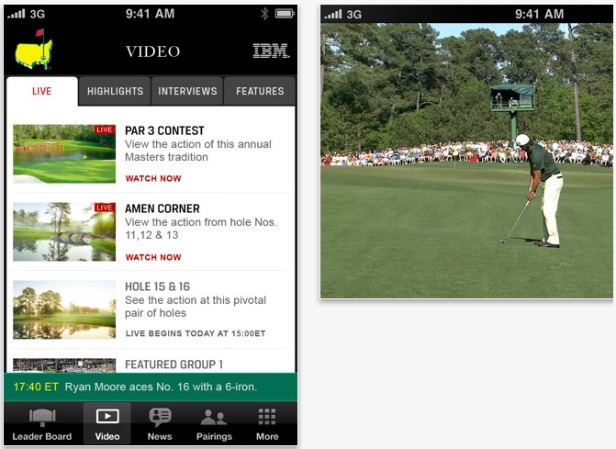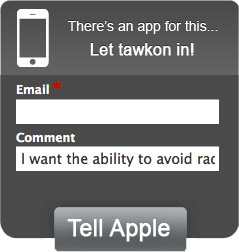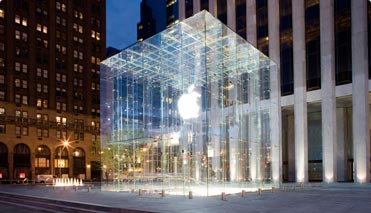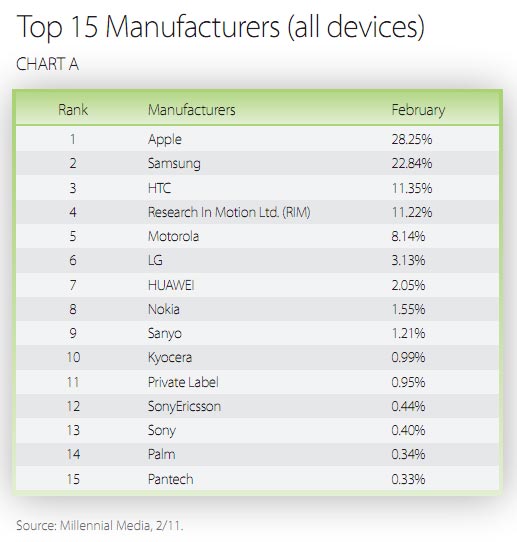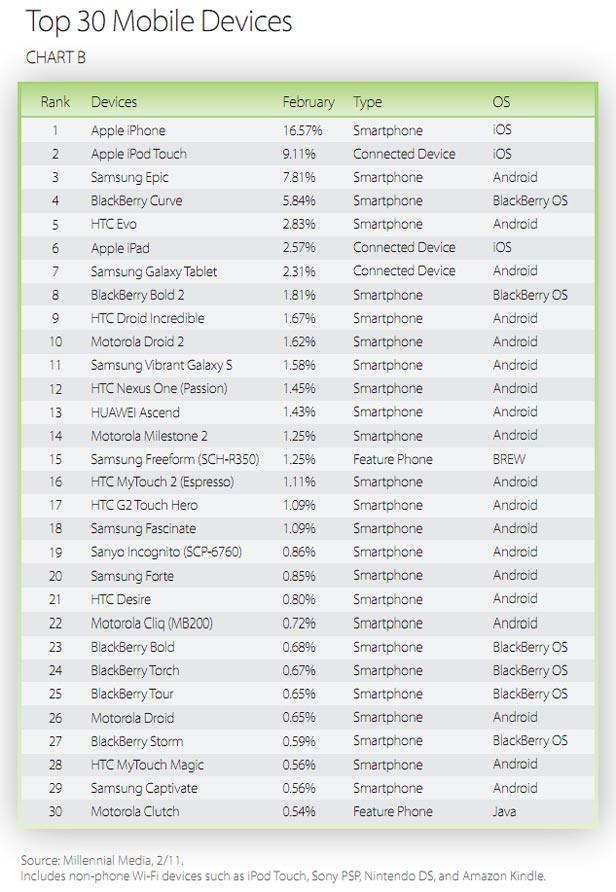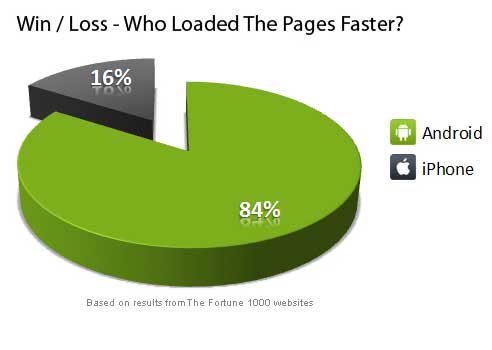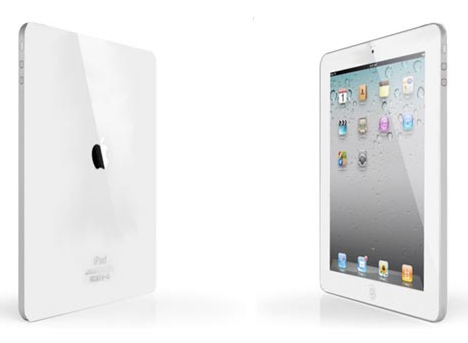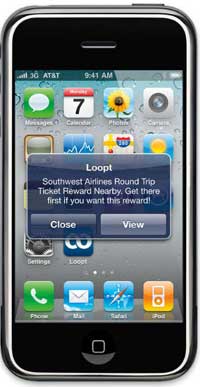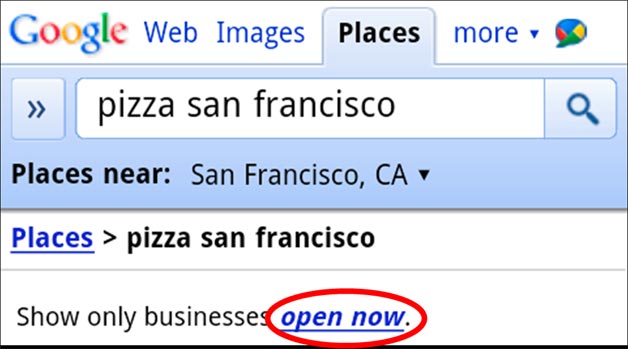Late last month, augmented reality developers Layar announced that it was making its platform available to all developers of iOS apps, opening the door for a lot more innovation and practical use-cases for AR technology. "All apps and services that have a location aspect can now easily and without license costs be enhanced with an AR view of their content," Layar co-founder, Maarten Lens-Fitzgerald told WebProNews. "It fits with the new trends within the AR industry, which is the democratization of this new medium – lowering the barrier to enter the new realm of AR."
Since then, WebProNews spoke with Layar’s augmented reality strategist Gene Becker about what the future holds for not only Layar and the apps that take advantage of its platform, but for the technology and the industry as a whole. "We think of AR as really a emerging medium for creative expression and communication. It’s a medium that’s digital, that’s interactive, but it’s also uniquely physical in nature," he said.
"Think about the web back in 1994," he said. "The web was really – as we look back on it now – it was a democratization of the ability to publish – basically to put anything out on the web and connect with anybody in the world. We see augmented reality as kind of being in the early stages, a little bit like the web in 1994. That was kind of the days of black text on gray backgrounds, but it was a fundamental shift in terms of what kind of capabilities it gave people to publish and communicate with the world."
"We think it’s really important that we enable anybody to create AR experiences to augment their physical world, and that’s going to be one of the things that really helps AR to take off and become mainstream, and a part of everybody’s life," he continued.
Once Layar opens up its platform to other developer ecosystems, growth is bound to be fueled even more. Lens-Fitzgerald told us, "We are always looking to expand to other platforms," and Layar’s Layar Stream feature, for content discovery went to Android even before iOS.
"When you augment the world it’s probably going to touch just about everything eventually, but I guess if you look at the kinds of content layers that we currently have on our platform, you can kind of get a sense of the range of things that are starting to be touched," said Becker of the technology. "We have commercial layers, and things like retail store finders. We have promotions – marketing promotions for new films coming out…there are games. People are making a variety of different kinds of interactive games…there’s data visualizations – people looking at things like visualizing earthquake magnitudes in real time, looking at pollution visualization…there’s also art exhibits both from established museums as well as from ‘guerilla artists’ who were sort of appropriating AR space for their works."
"I think ultimately, it will touch everything," he said.
"I think one of the big challenges that we have is, it is early days, and up until now, a lot of people have really positioned augmented reality as this sort of really cool technology thing," Becker said. "That’s pretty typical for a new, emerging space. We really feel like one of the big challenges for this year and the next couple years is to get past that ‘wow, gee whiz technology’ thing, and really get onto the business of creating a new medium that people can use to express, to connect, and to communicate."
"The early adopters – the techies – get it," he added. "They like it, but that’s not where we’re going to add value to people’s lives more broadly."
Of course Layar isn’t the only company out there making use of AR, and Layar prefers it that way.
"There’s definitely a growing number of AR companies out there," said Becker. "Most of them are actually our good friends. It’s a small industry, and at this point, I think the fact that there is competition is actually one of the best things that we can see, because it says there really is something here. There’s a real market. It supports multiple players, and we’re looking forward to helping push the envelope along with a lot of our friends in the States."
"I think that over time, AR is really going to become an essential aspect of the mobile experience," he said. "The same way that today we think about email and social media and mapping and so forth. I think that AR is really going to be something that people use every day when they’re out and mobile. In the longer term, we all like to envision a world where we have immersive displays that you can put on just like a pair of sunglasses, and then suddenly the entire world can be sort of continuously augmented with information all around you. And I think that’s several years away still, but I think that when it gets to that point AR’s going to be almost like a sixth sense that we just rely on that we won’t know in some ways, how to do without."
Do you think we’ll reach that point?
